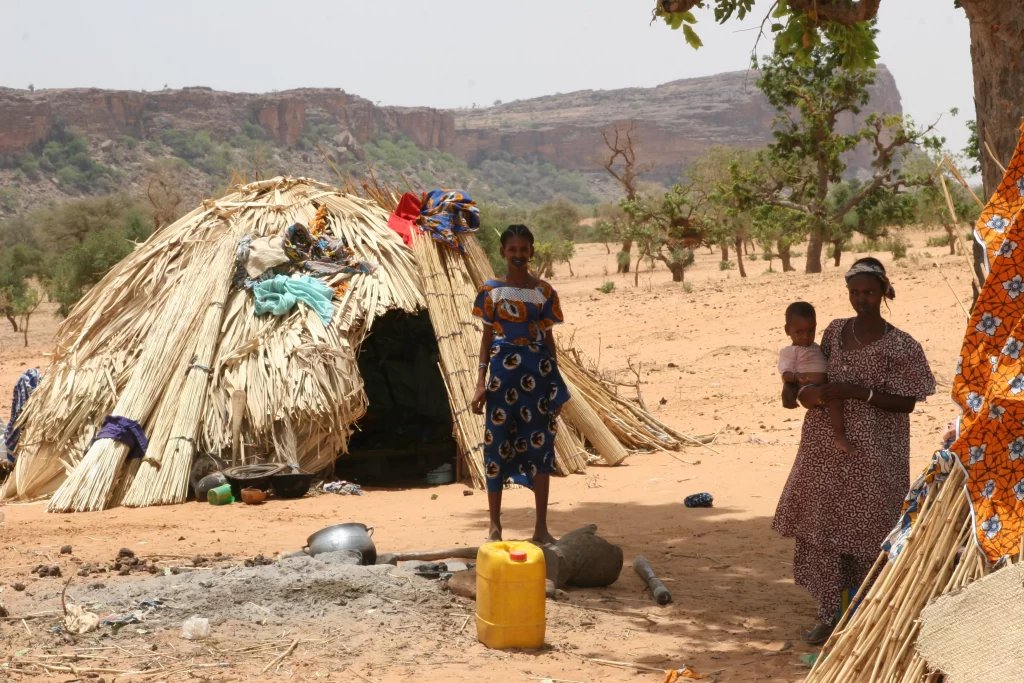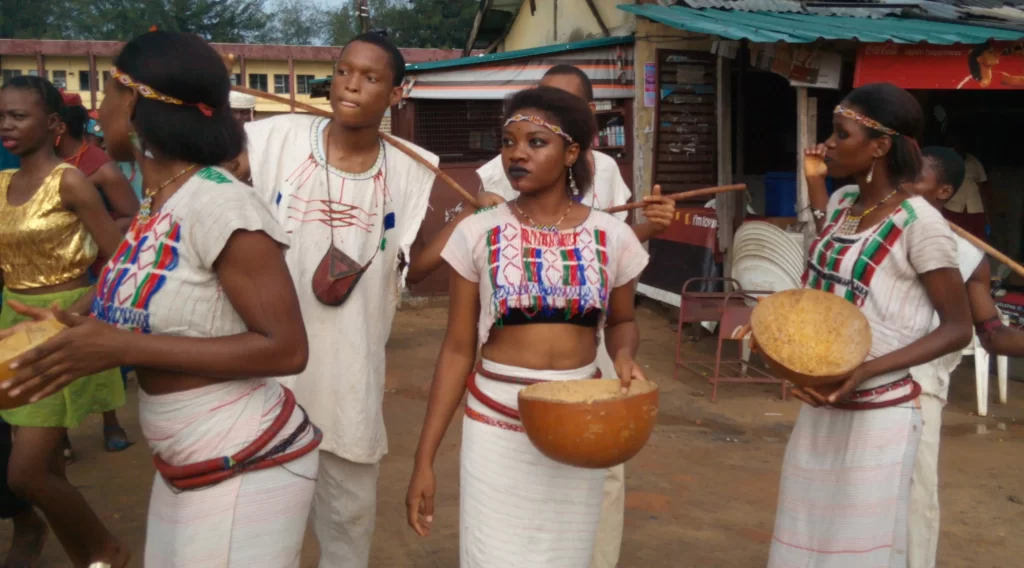Africa is filled with a natural diversity of communities. There are around 3,000 tribes and 2,000 languages in the black continent. A tribe is a group of people who share the same language and culture whereas an ethnic group can include several tribes.

The Fulani people (Peul or Fulbe or Foulah or Fule) are majorly Muslim people considered to be the largest nomadic group. They are also one of the largest ethnic groups spread across in the Sahel and West Africa and are bound together by the Fula language, their religion (Islam), history and culture.
A good number of researchers argue that the Fulani are of Judaeo-Syrian origin. It is widely believed their history began around the 8th or 11th Century AD with their roots being traced to people of North Africa and the Middle East. The Fulani came to be as a result of the intermarriage between the Berbers of North Africa and West Africans in Senegal during their migration.
Where Are The Fulani People Found?
The Fulani being a nomadic community and one of the largest ethnic communities can be found in many parts of the African continent. They are mainly scattered throughout the Sahel and West Africa. Countries in the Sahel include: Cameroon, Nigeria, Mali, Niger, Guinea, Guinea-Bissau, Chad, Burkina Faso, Gambia and Mauritania. The Fulani can also be found in the Central African Republic, Egypt, Sudan, South Sudan and Benin. Their settlement patterns are determined by their movement and activity which is classified into three: the semi- nomadic, the settled (town) and the nomadic-pastoral (Mbororo) Fulani.
As far as specific locations of residence go, the Fulani communities are at times grouped to the areas they occupy: Fulbe Adamwa – Nigeria, Chad, Cameroon, Central African Republic and Sudan. Fulbe Mbororo – Nigeria, Cameroon, Chad, Central African Republic, Sudan and Niger. Fulbe Bagirimi – Central African Republic and Chad. Fulbe Sokoto – Nigeria and Niger. Fulbe Gombe – Nigeria. Fulbe Borgu – Nigeria, Benin and Togo. Fulbe Jeigu Ji – Mali, Niger and Burkina Faso. Fulbe Massina – Mali, Ivory Coast and Ghana. Fulbe Nioro – Mali, Senegal and Mauritania. Fulbe Futa Jallon – Guinea, Guinea Bissau, Sierra Leone and Mali. Fulbe Futa Tooro – Senegal and Mauritania. Fulbe Fulani – Senegal, Guinea-Bissau and Gambia.
How Many Fula People Are There?
In Nigeria, the Fula boast of being the most populous and most politically influential of all the 250 plus ethnic groups in the country totaling to around 13,167,832 (6%). Guinea comes in a distant second with a Fula population of 4,301,217 (33.4%). Next is Senegal with a Fula population of 4,928,835 (27.5%). Cameroon follows closely with a population of 3,900,000 (13.9%). Mali is next in line with a Fula population of 1,867,829 (13.3%). Burkina Faso comes in sixth with a Fula population of 1,796,143 (8.4%). Niger has a Fula population of 1,534,375 (6.5%). Mauritania has Fula population of 900,000 (20.9%). Benin has a Fula population of 860,752 (8.6%). Guinea-Bissau has a Fula population of 563,213 (28.5%). Gambia has a Fula population of 420,206 (24.1%). Chad has a Fula population of 313,454 (1.8%). Sudan has a Fula population of 300,000 (0.7%). Sierra Leone has a Fula population of 266,581 (3.8%). Central African Republic has a Fula population of 250,000 (5%). Ghana, second from last, has a Fula population of 4,600 (0.02%). South Sudan has a Fula population of 4,000 (0.02%). Ivory Coast closes out the list with a Fula population of 3,800 (0.02%). It is estimated that there are about 20-25 million Fulani people in total.
What Are The Fulani People Known For?

The Fulani people are known for a variety of reasons keeping in mind their pastoral livelihood, societal, religious and cultural practices. Traditionally the Fulani live in domed houses known as Bukkaru or Suudu hudo meaning “house of grass mats.” The houses are supported by compact millet stalk pillars and reed mats held together and tied against wood poles thus the houses are easy to disassemble during migration season. The housing materials are normally loaded onto donkeys or camels for transport.
The Fulani diet is quite iconic as well as it is made up of milk and dairy products. The Fulani milk their cows once a day and once pasteurized they used indigenous plants such as tubers to preserve it for future use. Kossam (fresh milk) is used to prepare Pendidikan (yogurt) or Latchiiri/Dakerre (a mixture of fermented milk and couscous). Milk can also be used as a thick beverage when added to goat cheese and millet with dates which are then pounded together. Other meals include Haako (a vegetable soup) and Nyiri (heavy grease made of flour).
Fulani men and women bear distinctive tattoos and have scars on their faces. Natural wood is used to whiten teeth while women use black ink to tattoo (beautify) their lips. Jewelry is also a must have in a Fulani person’s closet. Men normally wear jewelry on their braided hair only while women adorn themselves with jewelry from head to toe. Both men and women wear brightly coloured outfits but the dress code might vary slightly depending on the area one hails from. However what is common in their dressings and even utilitarian objects is the embroidery which mirror the Fulani nomadic and pastoral lifestyle.
What Is Important To The Fulani People?
Like any typical nomads and pastoralists, cattle are sacred to the Fulani people. Apart from being a source of food and milk, cattle is a symbol of wealth and status. Fulani people sell their cows but not as often only when they are in dire need of money which will be spent carefully once received. The milk and dairy products are normally sold to neighboring communities.
Fulani people promote good ties and friendship amongst one another by lending each other cows as a token of goodwill. The recipient of the cow is trusted to take care of the animal until it has calved. He is then expected to return the cow to the rightful owner but remain with the calf. As part of the marriage ceremony, the bride’s father transfers to the groom a herd of his cows as a symbol of blessing and seal of the legalization of the marriage.
